Q
What is the household electricity cost for Neta V charging
When it comes to how much it costs to charge the Neta V at home, the exact amount really depends on Malaysia's electricity rates and how much juice the car actually draws. Typically, household electricity tariffs range from around RM0.22 to RM0.57 per kilowatt-hour (kWh). The Neta V's battery has a capacity of 31.18 kWh, so if you're charging from empty to full, you'll roughly use that 31.18 kWh. Doing the math, a full charge would set you back somewhere between RM6.86 and RM17.77. Of course, this can vary a bit depending on which state you're in and even the time of day you charge.
To keep things more budget-friendly and efficient, I'd suggest plugging in during off-peak night hours when electricity rates are usually lower. And make sure you're using a home charging setup that meets all the safety standards – it's not just about avoiding accidents, but also helping maintain your battery's lifespan in the long run.
On a side note, charging an EV at home is a lot cheaper than filling up a petrol car, and that cost saving really adds up over time. Plus, EVs have the upper hand when it comes to being eco-friendly and keeping noise down – perfect for zipping around Malaysian cities on your daily commute.
Special Disclaimer: This content is published by users and does not represent the views or position of PCauto.
Related Q&A
Q
What is the difference between Neta V II and Neta V
The Neta V II is the upgraded version of the Neta V, with the main differences lying in refinements to its exterior design, features, and performance. Visually, the Neta V II likely adopts a more contemporary design language – think a refreshed front fascia or new wheel designs to give it a sharper, more stylish look.
In terms of tech and features, we're probably looking at some added smart functionalities. Expect a larger infotainment screen, a more advanced in-car operating system, or maybe even extra driver assistance features to improve the overall driving experience.
Under the hood (or rather, under the floor), the V II might see optimizations to its battery or electric motor. The goal here? Likely longer range on a single charge or quicker charging times – both big wins for EV owners.
For Malaysian buyers, these upgrades could be tailored to local needs. A beefed-up air conditioning system springs to mind, or battery management tech better suited to our tropical heat. With EVs gaining traction in Malaysia, understanding these improvements helps consumers make smarter choices. More range means you can tackle longer road trips with confidence, while those smart features just make your daily drive that much easier.
All in all, the Neta V II feels like a comprehensive step up from the original V, making it a solid pick for folks who want a good mix of tech appeal and practicality.
Q
What battery does Neta V use
The Neta V has made quite a name for itself in China, and it's turning heads in Malaysia too. Under the hood (or rather, beneath the floor), it packs a lithium-ion battery setup – specifically, a Lithium Iron Phosphate (LFP) unit supplied by CATL. These LFP batteries are well-known for their solid safety record, long lifespan, and good thermal stability, making them a smart pick for tropical climates like Malaysia's.
Battery capacities for the Neta V vary slightly by trim, ranging from around 31kWh to 38kWh. That translates to an NEDC range of 301km to 401km – more than enough juice for daily commutes and zipping around the city.
Now, when it comes to EV battery tech, LFP batteries do have a slightly lower energy density compared to ternary lithium batteries. But where they shine is in their stability under high temperatures and their superior cycle life. That's precisely why many EVs in tropical regions tend to favor LFP. For Malaysian users, this means the Neta V's battery tech should handle the local heat with no sweat. Plus, its fast-charging capability can take you from 30% to 80% battery in about 30 minutes, which is a big win for convenience.
As EV tech keeps advancing, we can expect even more battery solutions tailored for tropical environments, giving Malaysian consumers even more great options to choose from.
Q
Where can I test drive the Neta V?
You can now book a test drive for the Neta V at authorized Neta dealerships across Malaysia, with showrooms located in major cities like Kuala Lumpur, Penang, and Johor Bahru. For the latest test drive locations, it’s best to check Neta Malaysia’s official website or reach out to their customer service. Some dealers also host regular in-person experience events, so keep an eye out for those.
As a pure electric SUV, the Neta V stands out with its solid range and smart tech features—perfect for daily city commutes. Plus, Malaysia’s government offers tax incentives for EVs, meaning you can enjoy exemptions on import duties and sales tax when purchasing.
During your test drive, focus on key aspects like charging speed, handling, and practicality of the interior space. It’s also worth cross-shopping against other EVs in the same price bracket, such as the BYD Atto 3 or Ora Good Cat. Ultimately, your choice should boil down to personal needs and budget.
Malaysia’s EV charging infrastructure is steadily improving, with plenty of charging points already available in major cities. Just remember to plan your route in advance if you’re heading out for a long road trip.
Q
Where can I book Neta V?
In Malaysia, if you're looking to book a Neta V electric vehicle, you can do so through Neta Auto's official dealers or authorized agents. Their showrooms are located in major cities like Kuala Lumpur, Penang, and Johor. You can also hit up Neta Malaysia's official website or reach out to their customer service for the latest booking info and test drive arrangements.
The Neta V is a budget-friendly all-electric SUV with a range of around 380 kilometers, making it perfect for city commutes and short road trips. Its smart features and interior space also check the boxes for family users. On top of that, the Malaysian government offers tax incentives for EVs, including import duty and sales tax exemptions, which helps bring down the Neta V's purchase cost even more.
If EVs have caught your eye, it's worth checking out other models available in Malaysia too—like the BYD Atto 3 or Tesla Model Y. Each has its own strengths when it comes to performance, charging networks, and after-sales service. I’d suggest comparing them based on your own needs and budget, and also keeping an eye on Malaysia’s charging infrastructure expansion plans to make sure it fits your daily driving routine.
Q
What colors are available for Neta V
The Neta V currently offers a range of color options in the Malaysian market, including classic shades like Pearl White, Onyx Black, and Titanium Silver, along with more personalized choices such as Sky Blue and Sakura Pink. These colors cater to different consumers' aesthetic preferences. When picking a car color, besides personal taste, you might want to consider Malaysia's climate. For instance, lighter colors tend to stay cleaner in the hot weather and help reflect sunlight, keeping the cabin temperature relatively lower. What's more, as an all-electric model, the Neta V blends eco-friendly features with stylish design, and its color options lean towards modernity and vibrancy, making it a solid fit for young drivers or those who love a tech-forward vibe. With electric vehicles gaining traction in Malaysia, knowing about these color options can help potential buyers make a better purchase decision while also showing off their personal style.
Q
How many hours does it take to charge Neta V at home
The Neta V, as a pure electric vehicle, its home charging time depends on the battery capacity and charging power. Typically, this model comes with a charger rated around 3.3kW. If the battery capacity is approximately 30kWh, a full charge from zero will take roughly 9 to 10 hours – perfect for overnight charging or during long periods of parking. For Malaysian users, charging via a standard household socket (220V) is the most convenient way to top up, but make sure your electrical circuit is safe and avoid using extension cords. If you want to cut down charging time, consider installing a higher-power wall-mounted charger, like a 7kW unit, which can reduce the charging duration to 4-5 hours. It's worth noting that EV charging efficiency can be affected by ambient temperature, battery condition, and the quality of charging equipment. So, it's advisable to regularly inspect your charging gear and follow the manufacturer's guidelines. Given Malaysia's hot climate, for long-term use, it's better to charge in the shade to protect battery life. Also, make good use of the vehicle's app to schedule charging during off-peak hours when electricity rates are lower – it's more economical that way.
Q
What are the colors of Neta V
The Neta V, a popular electric vehicle in Malaysia, offers a solid range of color options to suit different tastes. You'll typically find choices like Pearl White, Starry Blue, Blazing Red, and Obsidian Black – all stylish, timeless shades that work great for city driving and everyday use. When picking your color, personal preference is key, but practicality matters too. Lighter hues tend to stay cooler in Malaysia's hot weather, while darker tones give a more stably sophisticated, low-maintenance look.
Neta V's paint quality is also worth noting – it's got good scratch resistance and weather durability, which handles Malaysia's sometimes unpredictable climate nicely. If you've got your heart set on something specific, check with your local dealer about custom options; some brands do seasonal limited editions or special finishes.
No matter what color you go for, regular washes and waxing will keep that shine and extend the life of your paint, so your ride stays looking fresh for longer.
Q
How many kilometers can Neta V run
For the Neta V, a pure electric compact SUV, range is a top concern for many Malaysian buyers. Official figures put its combined range at around 380km on a full charge – more than enough for most daily commutes and short trips around town. Now, in typical Malaysian driving conditions – think a mix of stop-and-go city traffic and highway stretches – you might see some variation in real-world range, but overall, it holds up reliably.
Let’s be real, EV range depends on a bunch of things: how you drive, whether you’re cranking the AC, how much cargo you’re hauling, and the road conditions. Take it easy on the accelerator and use the air-con wisely, and you’ll squeeze out extra kilometers.
What’s really handy for Malaysian users, though, is the Neta V’s fast-charging capability. It can top up a significant amount of juice in no time, which is a game-changer – especially for longer drives, cutting down those annoying charging stops.
And as Malaysia’s EV infrastructure keeps improving, with more charging stations popping up everywhere, that range anxiety? It’s gonna get less and less of a worry. That’ll make EVs like the Neta V even more practical choices.
If you’re thinking about going electric, range isn’t the only thing to check. Look into the battery warranty, how well the charging network covers your area, and what the day-to-day running costs are like. Considering all these will help you make a smarter, more well-rounded decision when picking your next car.
Q
Which country's car is Neta V?
The Neta V is a compact all-electric SUV from Chinese new energy vehicle brand HOZON Auto, primarily targeting Southeast Asian markets including Malaysia. It's positioned as an affordable, practical city commuter with decent range and smart features, boasting an NEDC range of around 384km and fast-charging capability. In Malaysia, it goes head-to-head with rivals like the BYD Atto 3 and Ora Good Cat, but has been steadily turning heads with its more competitive pricing and localized services. For Malaysian buyers, EVs are becoming increasingly appealing thanks to government tax incentives – think import duty exemptions and road tax reductions – while the charging infrastructure continues to slowly but surely expand. The arrival of the Neta V gives Malaysian consumers more options in the EV space, especially those on a tighter budget who still want to dip their toes into new energy tech. As the global shift towards electric mobility accelerates, we can expect more budget-friendly EV models to hit the Malaysian market, helping drive wider adoption of greener transportation.
Popular Cars
Model Year
Car Compare
Car Photo
Latest Q&A
Q
How reliable is a 2019 Porsche Macan?
The 2019 Porsche Macan delivers solid reliability, thanks to its proven 2.0T or 3.0T engines that offer consistent power delivery. The PDK dual-clutch transmission is another strong point—it’s both durable and buttery-smooth.
Porsche’s sporty DNA shines through in the Macan’s chassis tuning and all-wheel-drive system, yet it doesn’t compromise everyday comfort. Owner feedback suggests that sticking to the factory maintenance schedule keeps most examples running trouble-free, though be prepared for higher upkeep costs (as with any luxury vehicle).
Its strong resale value speaks volumes about its reputation for dependability. If you’re after driving thrills without sacrificing SUV practicality, the 2019 Macan is a compelling pick. Just be sure to get a pre-purchase inspection and verify full service history—it’ll pay off in the long run.
Q
How much is a 2019 Porsche worth?
The value of a 2019 Porsche depends on the model, mileage, condition, and specs. Take the popular Cayenne, for example—used ones typically go for between RM300k to RM500k. A 911 Carrera might range from RM500k to RM800k, while an entry-level 718 Boxster or Cayman could be around RM250k to RM400k. For luxury sedans like the Panamera, expect prices between RM350k to RM600k, but always check the actual condition and option list.
Porsches hold their value well, especially limited editions or high-performance GT models, but maintenance costs and service history play a big role in resale pricing. If you're buying, stick to official certified pre-owned channels or get a professional inspection. Always verify warranty transfers and repair records.
Pro tip: Compare listings on local used-car platforms and check recent sales data—market demand and inventory fluctuations affect pricing. Also, factory options (like sport packages or premium audio) can boost resale value, while accident history or multiple owners might slash the price by 10-20%.
Q
Does the 2019 Macan have a good sound system?
The 2019 Porsche Macan delivers an impressive audio performance, particularly with the optional Bose® Surround Sound System or the top-tier Burmester® High-End Surround Sound System—both offering an immersive listening experience.
The Bose® setup packs 14 speakers with 665 watts of total power, delivering crisp audio and punchy bass perfect for pop and electronic music. Meanwhile, the Burmester® system steps it up with 16 speakers and 1,000 watts, creating a wider soundstage and superior detail reproduction—ideal for classical or high-resolution tracks.
Both systems integrate seamlessly with Porsche’s standard Communication Management (PCM), supporting Apple CarPlay and multiple audio sources. If sound quality is a priority, be sure to specify your audio preference at purchase—the base model only comes with a standard speaker setup.
For the best performance, play lossless files via USB or high-quality Bluetooth codecs, and keep the system firmware updated for optimal operation.
Q
What is the resale value of a 2019 Macan?
The resale value of a 2019 Porsche Macan depends on factors like condition, mileage, specs, and service history. Current used prices hover between RM250k to RM350k, with higher trims commanding premium prices. As Porsche's entry SUV, the Macan holds its value better than most rivals thanks to brand prestige and sporty DNA – especially models optioned with Sport Chrono or full leather interiors fetching stronger money.
Pro tip: Get a pre-sale inspection and organize your maintenance paperwork – this really helps maximize resale. Macans move quickly in our local used market, with 3-5 year-old examples being the sweet spot when depreciation levels off. If you're upgrading, consider Porsche Approved Certified pre-owned – you'll pay a slight premium over private sales, but the extended warranty and factory refurbishment save headaches down the road.
Q
Is a 2019 Porsche Macan a good car?
The 2019 Porsche Macan is a well-rounded luxury SUV that stays true to Porsche's performance DNA while delivering everyday practicality. It comes with your choice of a peppy 2.0T or more powerful 3.0T engine, paired with Porsche's brilliant 7-speed PDK transmission that shifts like butter. The chassis strikes that sweet spot between sporty handling and comfortable cruising - perfect for both city commutes and weekend backroad blasts.
Inside, you'll find Porsche's typical top-notch craftsmanship with a standard 10.9-inch touchscreen featuring Apple CarPlay. Just don't expect limo-like rear legroom. These things hold their value surprisingly well, though maintenance will cost you more than your average SUV - but then again, you get Porsche's excellent service network.
Among its competitors, the Macan stands out for its driver engagement. If you want more grunt, step up to the Macan S or GTS. One pro tip: if you're shopping used, pay special attention to the PDK's condition and inspect the suspension components. Always better to go through Porsche's certified pre-owned program for that extended warranty peace of mind.
View MoreRelated News
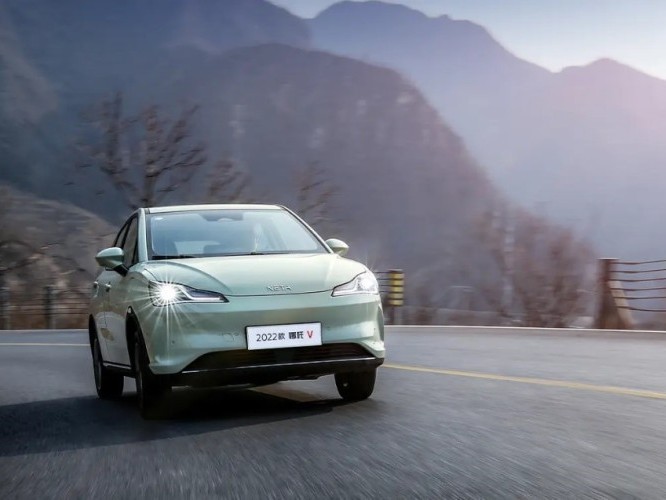
A small, affordable electric car, Neta V, with a range of 380 kilometers can be owned for just RM 99,800!
AshleySep 12, 2024
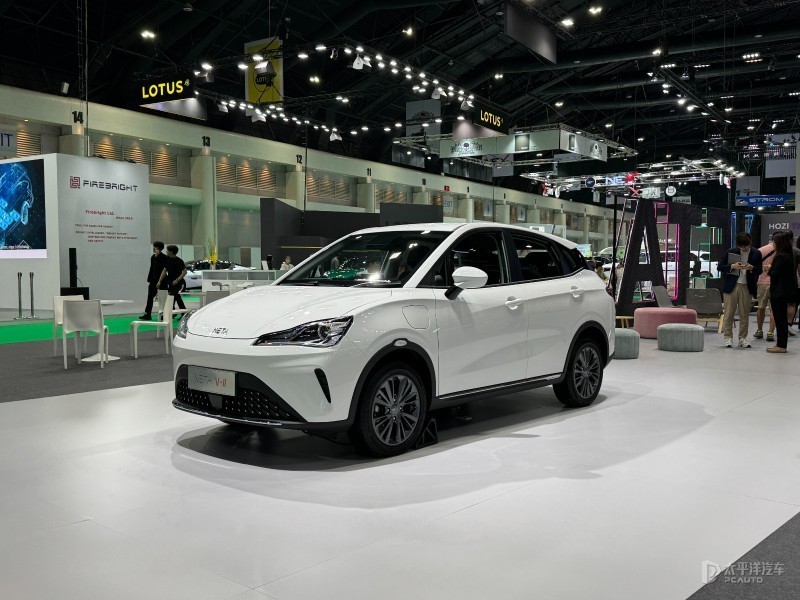
Bangkok Motor Show: NETA V-II debuts, first model from NETA's Thailand factory
Kevin WongMar 25, 2024
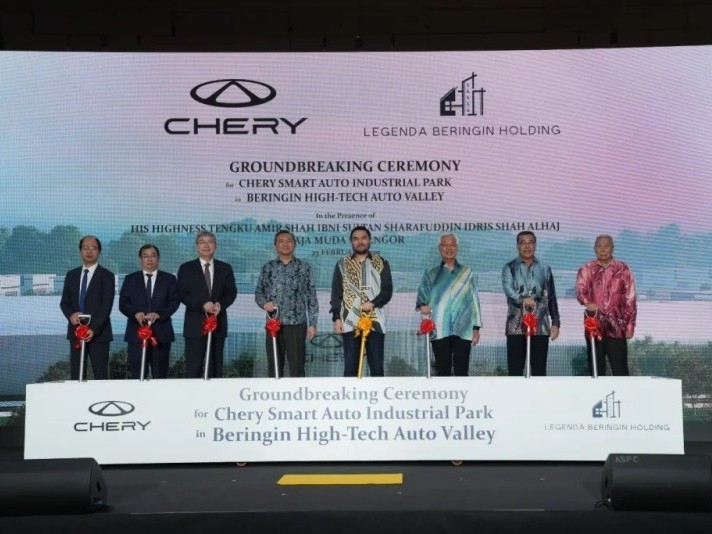
Chery breaks ground for its smart factory in Malaysia, initial annual production capacity of 100,000 vehicles
MichaelFeb 26, 2025
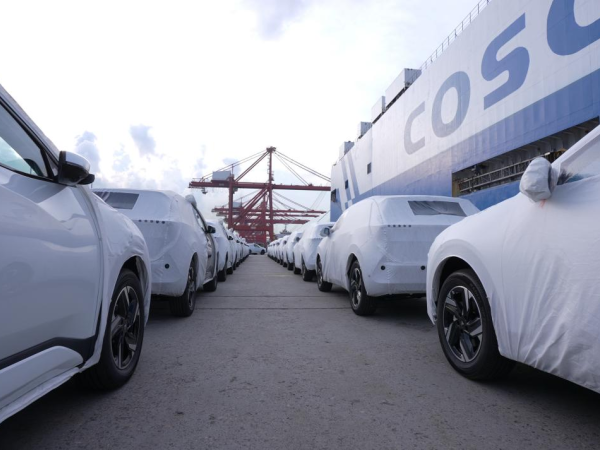
Is there a rumor that Neta owes its employees wages in China? Can Neta X still be purchased?
WilliamNov 21, 2024
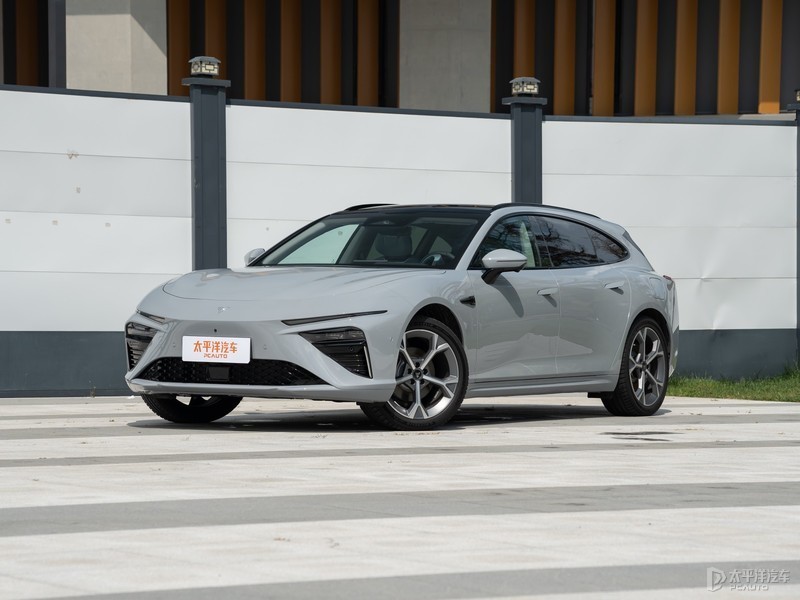
NETA S Hunting Suit arrives: new benchmark for travel cars, endurance exceeds 1200km
AshleyAug 26, 2024
View More











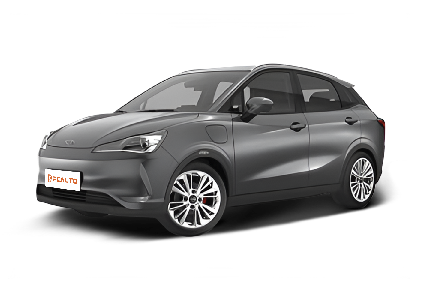





Pros
Cons